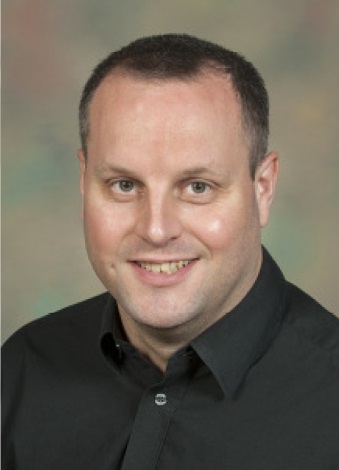When: 22 October 2024, 15:00 BST
Where: online
We are pleased to announce a call for Quasi-Elastic Neutron Scattering (QENS) BAG at ISIS. The webinar with Dr. Ian Silverwood, UKRI STFC ISIS Neutron and Muon Source, will provide information on the benefits, process and how to apply for the BAG.
QENS at ISIS essentially measures the motions of hydrogen on the angstrom length-scale and the fs to ps time-scale. It can be used to measure the diffusion rate and geometry of mobile sorbents, and to probe the dynamics of soft matter. It is the best method to measure diffusion on the local scale without interference from inter-crystalline voids. Measurement is greatly complemented by MD simulations, as neutron ‘observables’ are simply generated from the calculated MD trajectories.
Watch a recording of the webinar below:
We are keen to encourage users with no experience of QENS and will provide support throughout the process. QENS is a powerful tool in catalysis research, although currently underused. To reduce the barrier to entry, proposals will be assessed by an internal Hub panel with a lighter touch than that required for a direct proposal to ISIS.
The criteria used to assess these applications will be:
- Previous experience with the technique (with priority given to new users)
- Scientific merit
- Feasibility
- Maximising efficiency
Time will be regularly allocated on the IRIS QENS spectrometer for Catalysis Hub affiliates. Widening the user base on B18 has been one of the great successes of the Diamond BAG. We hope to do the same with QENS at ISIS.For more information and to find out more about QENS https://ukcatalysishub.co.uk/quasi-elastic-neutron-scattering-qens-bag-at/
Biography

I joined ISIS as an instrument scientist on the backscattering instruments in 2015. IRIS and OSIRIS provide high resolution spectroscopic measurement of low energy transitions so can measure the rate and geometry of molecular motion. My research mainly deals with diffusion of organic material in zeolites and other materials.After a Ph.D. at Edinburgh developing operando IR techniques to investigate microwave-heated catalysis, I began using neutrons in my first postdoc to characterise catalyst systems in 2007. This used inelastic scattering as a vibrational probe to complement IR and Raman in the investigation of catalyst deactivation through coking. Due to their highly absorbing nature, optical techniques are problematic with these materials. After another postdoc using in situ IR at Imperial College, I joined the UK Catalysis Hub at UCL to pursue neutron characterisation techniques for catalytic systems. This was based in the Research Complex at Harwell, and led to me using quasielastic and elastic neutron scattering measurements in addition to vibrational measurements in the inelastic energy range.I aim to develop and support catalytic science, as well as fundamental and applied science on the quasielastic instruments and beyond. I am particularly interested in the development of novel equipment to develop in situ and operando measurement techniques to ensure data collection from catalytically relevant samples.




